
Oct
Once a PEP, Always a PEP: Why Financial Systems Keep Tabs on Former Officials
“Once a PEP, always a PEP” is a rule that drives how banks and other financial institutions handle accounts for politically exposed persons (PEPs). The term PEP refers to people with public influence—like politicians or top government officials—who could misuse…
Read More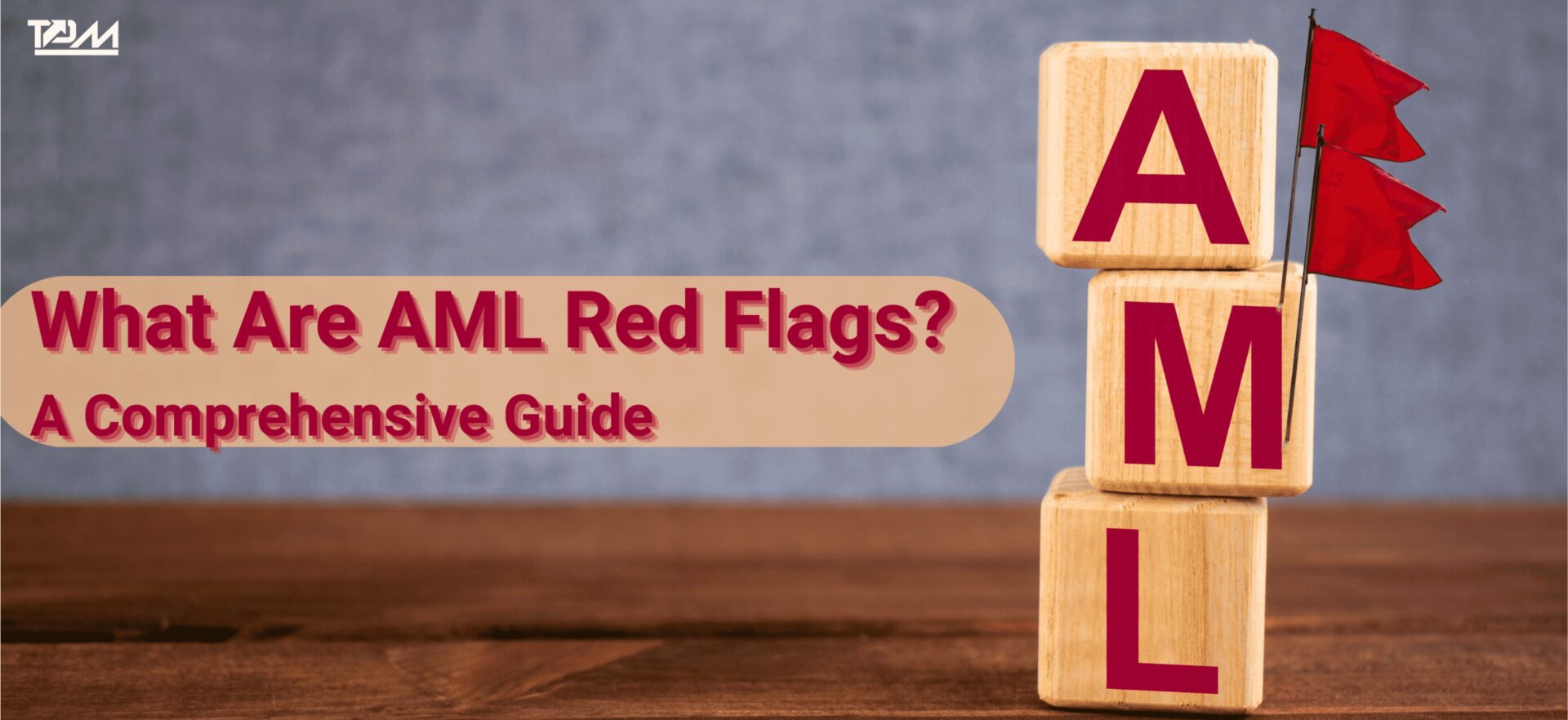
Oct
What Are AML Red Flags? — A Comprehensive Guide
Spot AML red flags early, or risk letting trouble sneak through unnoticed. When every transaction counts, missing a sign isn’t just a slip—it’s a potential compliance risk. What Is a Red Flag in AML? A red flag in anti-money laundering…
Read More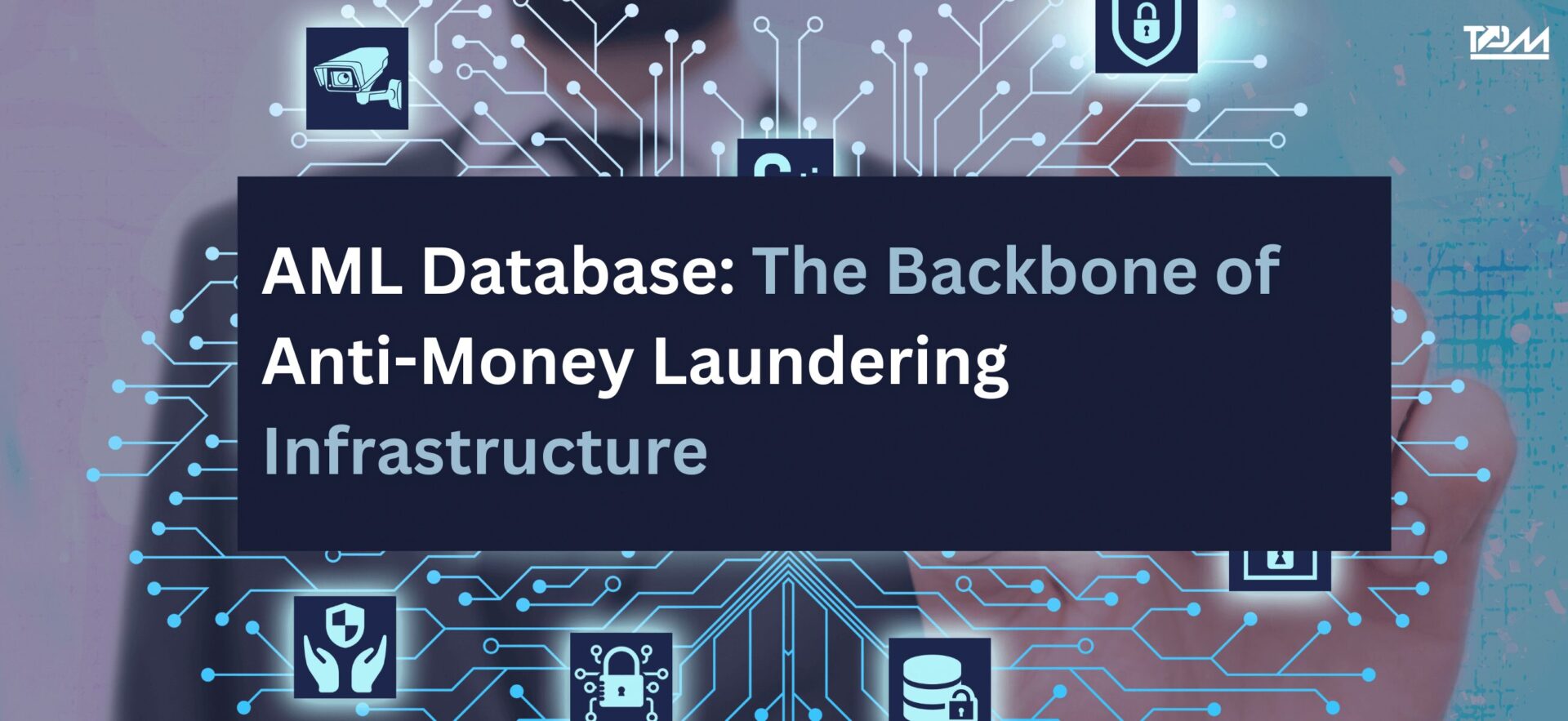
Oct
What Makes AML Database the Backbone of Anti-Money Laundering Infrastructure
Anti-money laundering compliance today means working with huge amounts of AML databases—from customer records and transactions to sanctions lists and watchlists. In this article, we’ll break down what an AML database is and its use cases to learn how AML…
Read More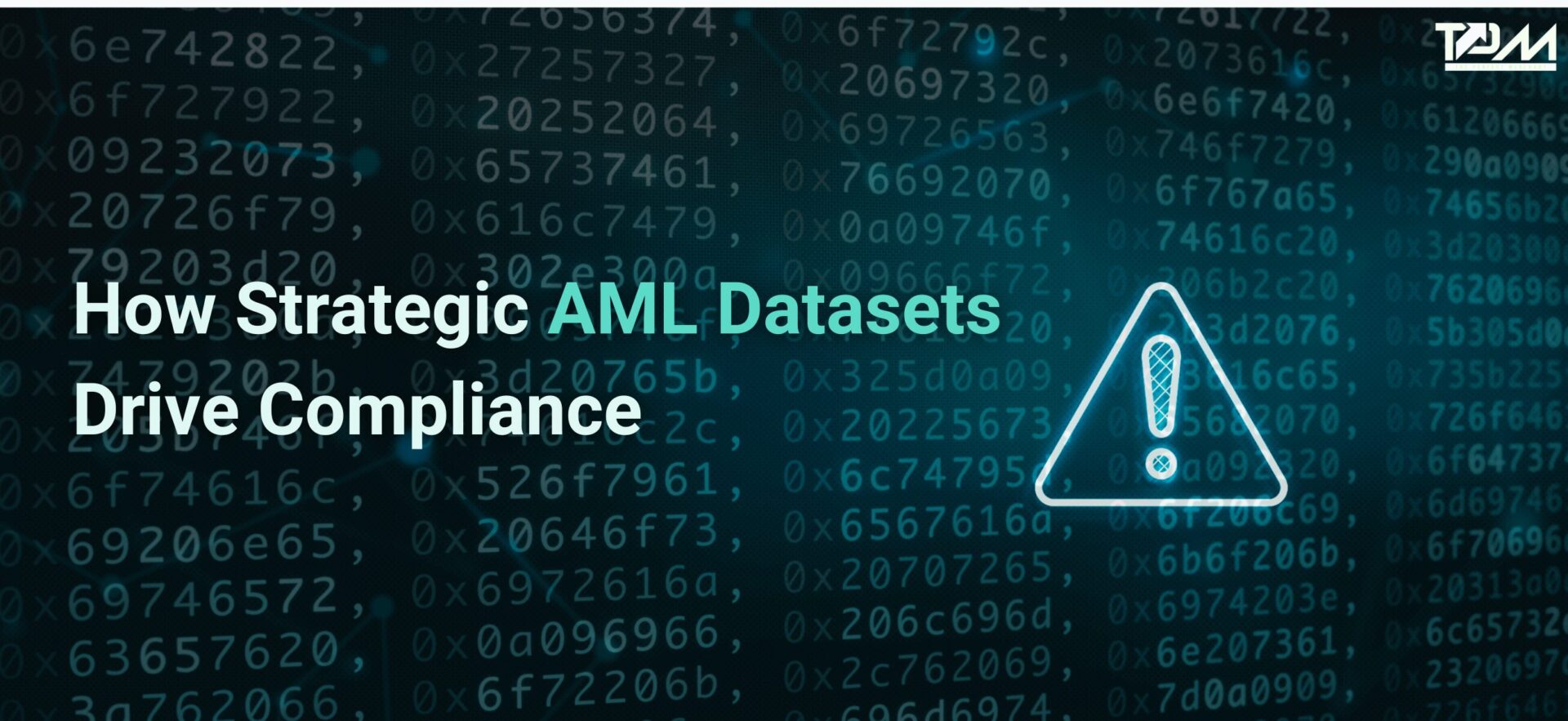
Oct
How Strategic AML Datasets Drive Compliance
An AML dataset goes beyond raw information. It’s a structured collection of important data points designed for specific compliance tasks. In this article, we’ll explore how AML datasets work. How to harness and apply AML datasets to control money laundering…
Read More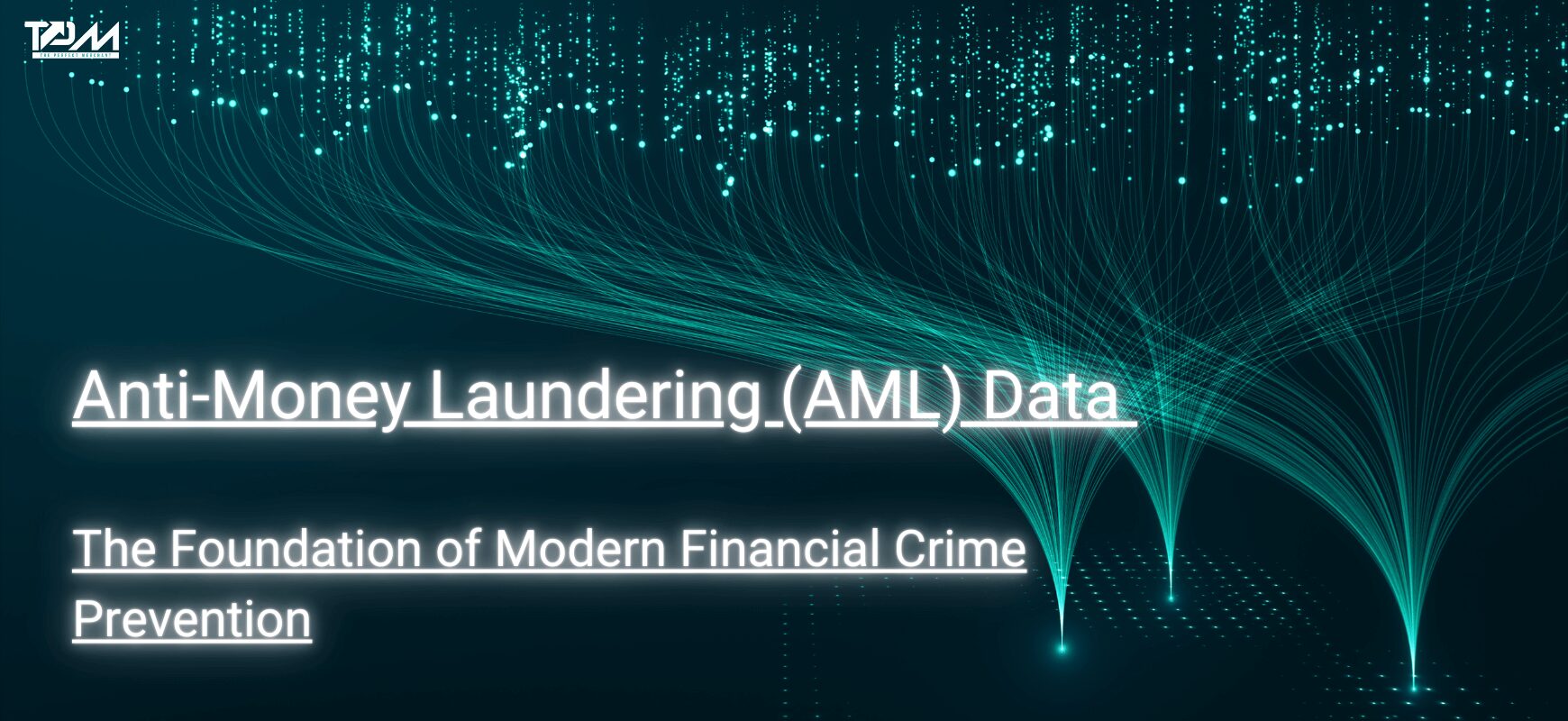
Oct
AML Data: The Foundation of Modern Financial Crime Prevention
So, what exactly is AML data? It’s the information companies gather to detect illegal money movements, prevent them from spreading, and stay in line with anti-money laundering (AML) regulations. Anti-money laundering data plays a key role in compliance programs. If…
Read More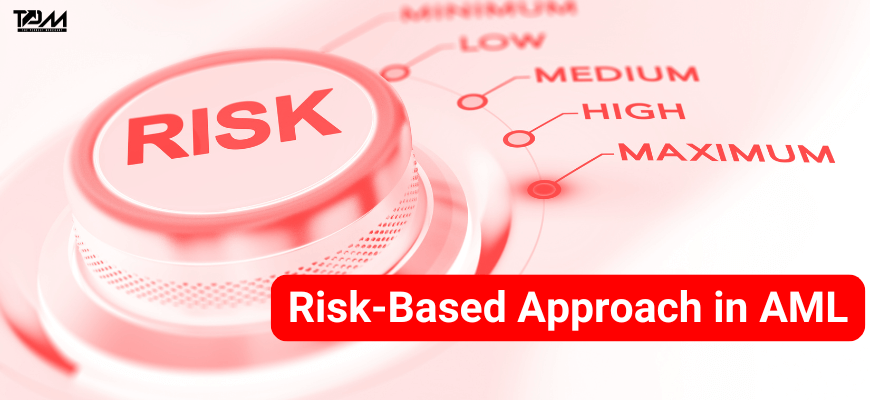
Oct
What Is an AML Risk-Based Approach?
Not all risks wear the same mask. An AML risk-based approach (RBA) means cutting through the noise to target the real money laundering (ML) and terrorist financing (TF) threats your organization faces. An efficient AML risk-based approach helps organizations focus…
Read More
Oct
Cybercrime and Money Laundering—Explained
For AML-regulated entities today, cyber money laundering or cyber laundering should be a key area to focus on due to the rising use of digital platforms to move illicit funds undetected. As the name suggests, cyber laundering takes elements from…
Read More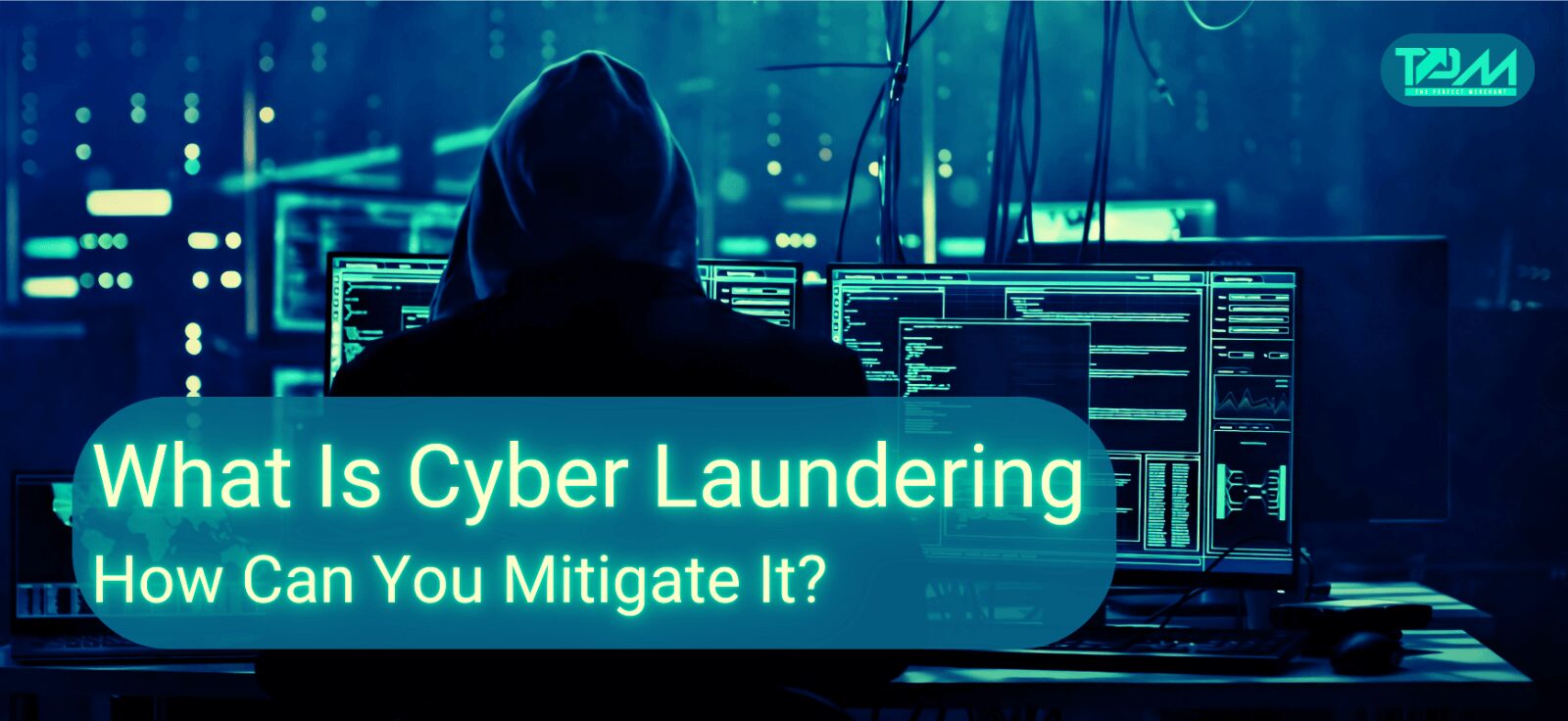
Oct
What Is Cyber Laundering and How Can You Mitigate It?
Cyber laundering or cyberlaundering is the process of using digital methods, primarily online platforms, to conceal the origins of illegally obtained money. What is Cyber Laundering? Cyber laundering mirrors traditional money laundering but operates in the digital space. It primarily…
Read More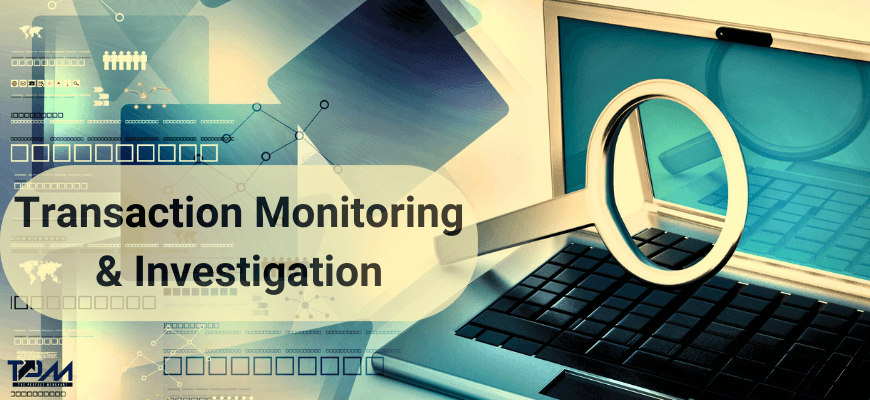
Aug
Transaction Monitoring Investigation: Steps and Process Flow Explained
Transaction monitoring investigation is a cornerstone of anti-money laundering (AML) compliance for financial institutions and other AML-regulated businesses. This piece outlines the core transaction monitoring steps required for businesses to fulfill AML compliance and avert financial crimes. Key takeaways on…
Read More
Aug
12 Types of Money Laundering: Methods and Schemes
Endless as the count may be, in this piece, we'll discuss the 12 most common types of money laundering methods and money laundering schemes exploited by criminals as part of predicate crimes. A quick brushup on money laundering--Money laundering is…
Read More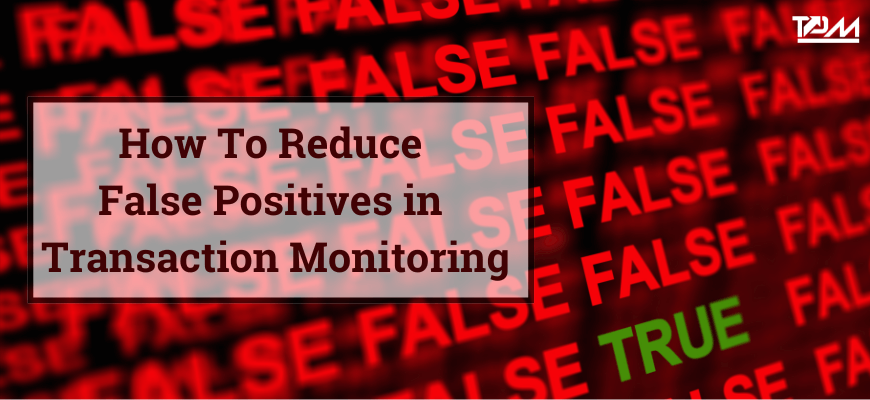
Aug
How To Calculate False Positives in Transaction Monitoring (And Reduce Them)
Let’s start with a scenario we’ve all seen: a perfectly legitimate transaction gets flagged as suspicious. That’s a false positive, and it’s a headache, especially in our world where AML compliance is non-negotiable. What are False Positives in Transaction Monitoring?…
Read More
Aug
Sanctions Vs. Embargo—What’s the Difference?
Sanctions are targeted and specific, while embargoes are comprehensive and broad-reaching. Let’s learn all about sanctions vs. embargo in AML in this article. To begin with, sanctions and embargoes are economic tools used in international relations to influence the behavior…
Read More